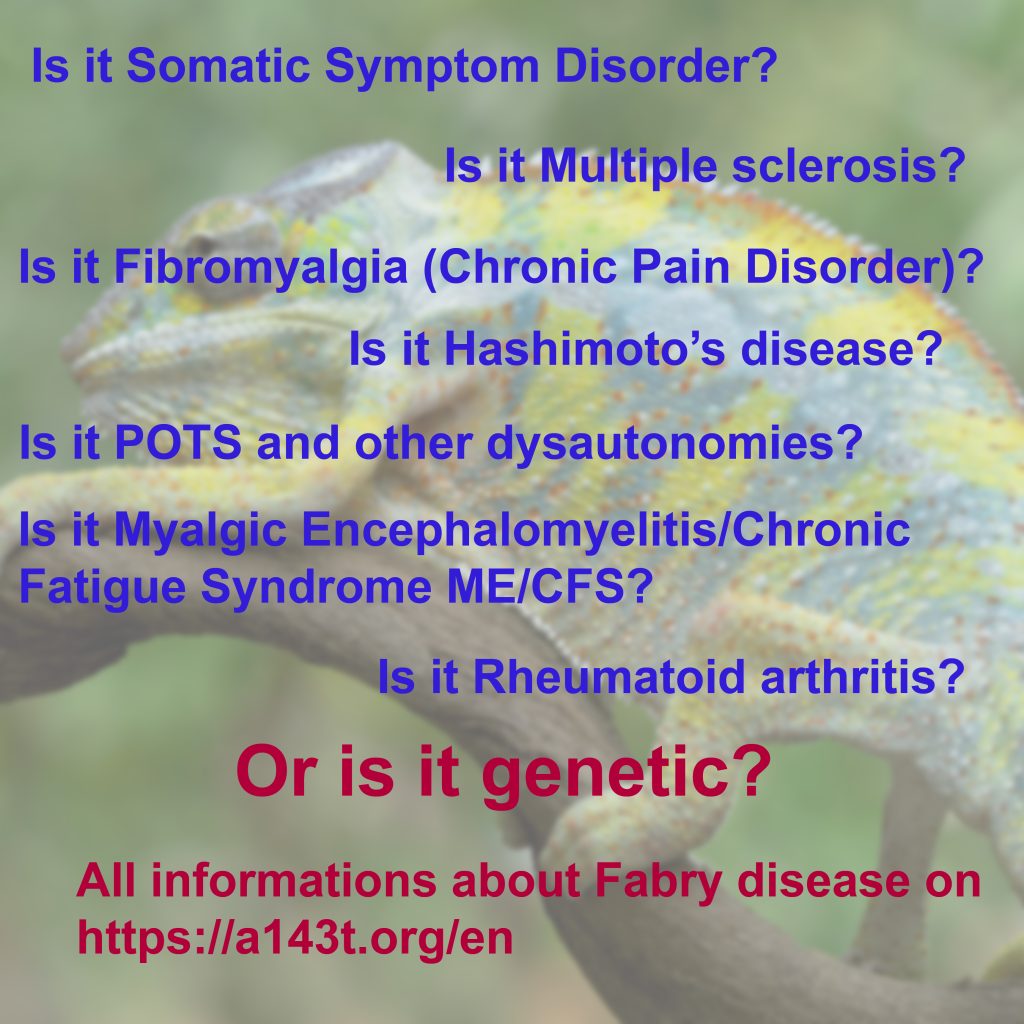In Fabry and many other diseases, a genetic test is used to determine whether there are changes in the DNA (genetic material) that can cause a disease.
For some time now, “next generation sequencing” has been available for this purpose, i.e. the actual sequence of information on a gene is determined. In the past, this was not possible and special tests were developed that were applied to very specific gene sections (e.g. MLPA analysis). However, this can only detect a part of the changes (only deletions and duplications). Since most of the Fabry mutations known so far are missense mutations (exchange of a base pair in the DNA), this simple test cannot detect Fabry in most cases.
A complete analysis can only be carried out using “Next Generation Sequencing” (NGS for short). It must be ensured that intronic regions are also analysed, details of which we have already described here.
An overview of different test methods can be found here.
Unfortunately, there are information deficits here as well. We have a negative Fabry gene test which is only based on a simple MLPA analysis and therefore has almost no significance. In the information on the test used, the limitations are clearly explained, yet for the examining geneticist, Fabry was ruled out at that point. This is another piece of the puzzle as to why the diagnosis of rare diseases takes so long. Wrong tools are used by even professionals and so wrong diagnoses are made.
